Launching into worldwide fame with the release of the samurai action-steal game Ghost of Tsushima in 2020, Tsushima enjoyed a lot of attention both at home and abroad.
While not all of the game’s scenarios and characters are real — it’s a game, after all — many of the places featured can be found on the island.
Whether you’re keen to explore the “real” Tsushima because of or despite the game, it’s good to know what glorious food awaits when you get there. But, first things first…
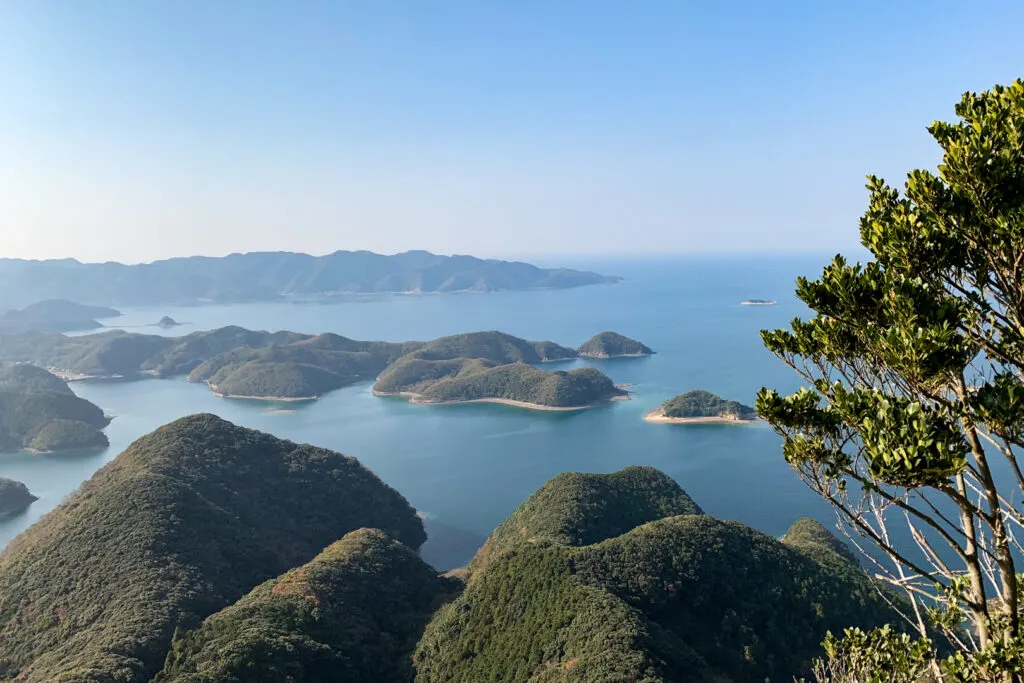
Table of Contents
Where and What is Tsushima?
Tsushima is a mountainous border island in Nagasaki Prefecture that is technically closer to South Korea (at its nearest point it’s less than 50 kilometers away!) than to the Japanese island of Kyushu.
Because of its strategic location, it has been Japan’s western frontier for centuries, warding off invasions from the Mongol Empire (just like in the Ghost of Tsushima).
The name Tsushima encompasses both the island and the municipal city that about 30,000 people call their home. It’s been so historically significant that all Japanese children learn about it in school, even if they may not always be able to point it out on a map.
These days, Tsushima’s wild natural environment makes it an excellent place to scuba dive, kayak, birdwatch and hike.
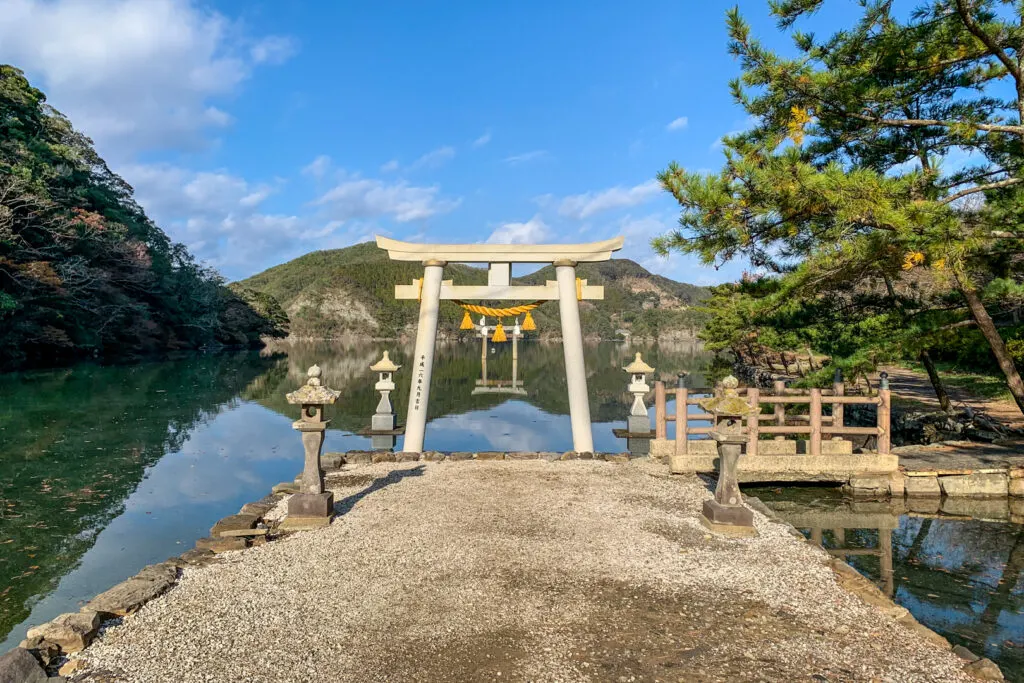
Tsushima Food: What to Try and What to Buy
As with many places in Japan, Tsushima has a slew of mouthwatering local specialties to enjoy. Here is a selection of some of its culinary claims to fame, both traditional and new.
Rokube Noodles
Originating in the Edo Period (1603-1868), these noodles are made from a dough using sweet potato, giving them a satisfying chewy and plump texture. They are served in either a chicken- or fish-based broth, and often topped with kamaboko (a steamed fish paste) and mannou negi (thin green onion shoots). Some farm stay accommodations offer rokube making experiences, so you can try your hand at making it yourself.
Try it here: Rantei is a rustic roadside café with a unique twist: it has a beautiful display of rare orchids next door.
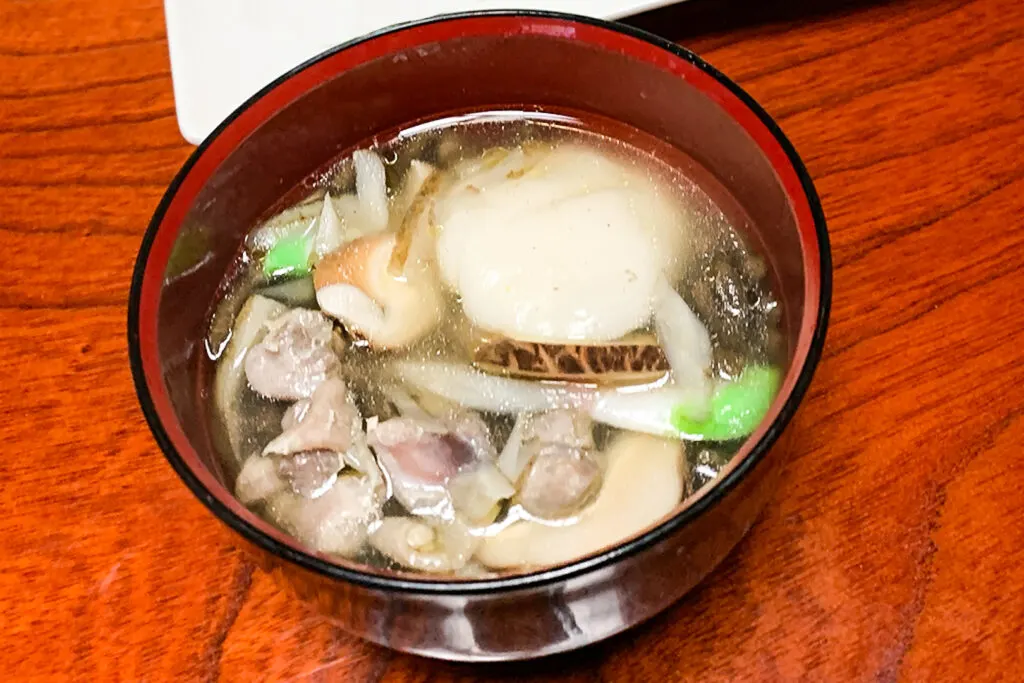
Ishiyaki
This popular meal literally translates to “stone grill”, a fitting name considering that’s exactly how you cook it. Simply place a selection of raw fish and vegetables on a sizzling hot stone and let it cook away. This was a popular way for fishermen in the past to cook their catches quickly and easily.
Try it here: Tsushima Shimamoto serves up a magnificent selection of ingredients for this.
Iriyaki
Though the name is similar to ishiyaki, this dish is a seafood hotpot that’s perfect for cold winter days and nights. Each family has their way of cooking it — some combine the fish with chicken, while others stick to seafood only.
Try it here: Tsushima Shimamoto offers a hearty version of this hotpot.
Tonchan
Tonchan made its way to Tsushima via a South Korean resident, who showed how to make the most of thinly sliced pork. This grilled, slightly sweet, pork and cabbage dish is now one of Tsushima’s most popular soul foods.
Try it here: Kaikan Shokudo is an old-school diner that serves tonchan and other hearty meals.
Taishu Soba Noodles
Soba (buckwheat) is said to have made it over to Japan via Tsushima around 2,000 years ago during the Jomon Period. Though other regions in Japan are famous for this healthy noodle, Tsushima is probably the only place you can get close to that original, ancient flavor as the buckwheat grown here is closely related to that strain. Taishu soba is darker in color and surprisingly fragrant.
Try it here: Agata no Sato has an extensive soba selection.
Tsushima Burger
The Tsushima Burger is the result of an effort to create a new way for people to enjoy some of Tsushima’s best loved specialties. The burger consists of a thick meat patty mixed with hijiki seaweed and topped with grilled squid and mayonnaise. There’s also a Tonchan Burger, inspired by the island’s soul food with the same name.
Try it here: Tsushima Burger Kiyo is the one and only source for the Tsushima Burger.

Anago Conger Eel
Anago conger eel is one of Tsushima’s most famous foods and rightly so: Tsushima catches the most anago conger eel of any region in Japan. Because you’re eating it at the source and it’s as fresh as it gets, try the anago sashimi — it’s almost impossible to get elsewhere because it spoils quickly.
Try it here: Izakaya Taigen serves up a very reasonably priced anago conger eel course meal, serving it in every way imaginable.
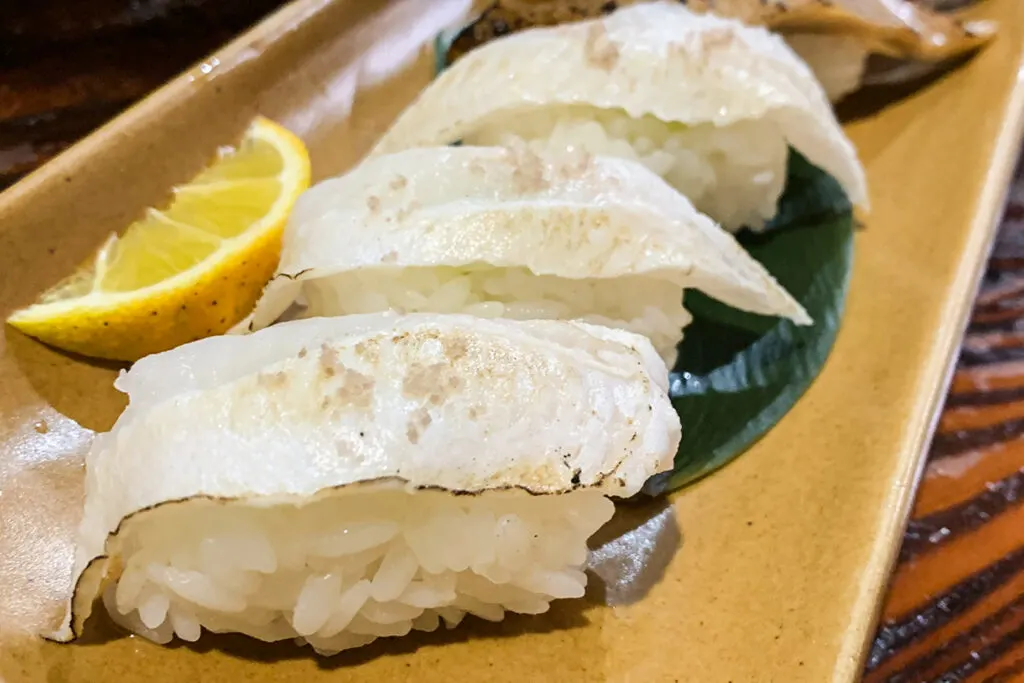
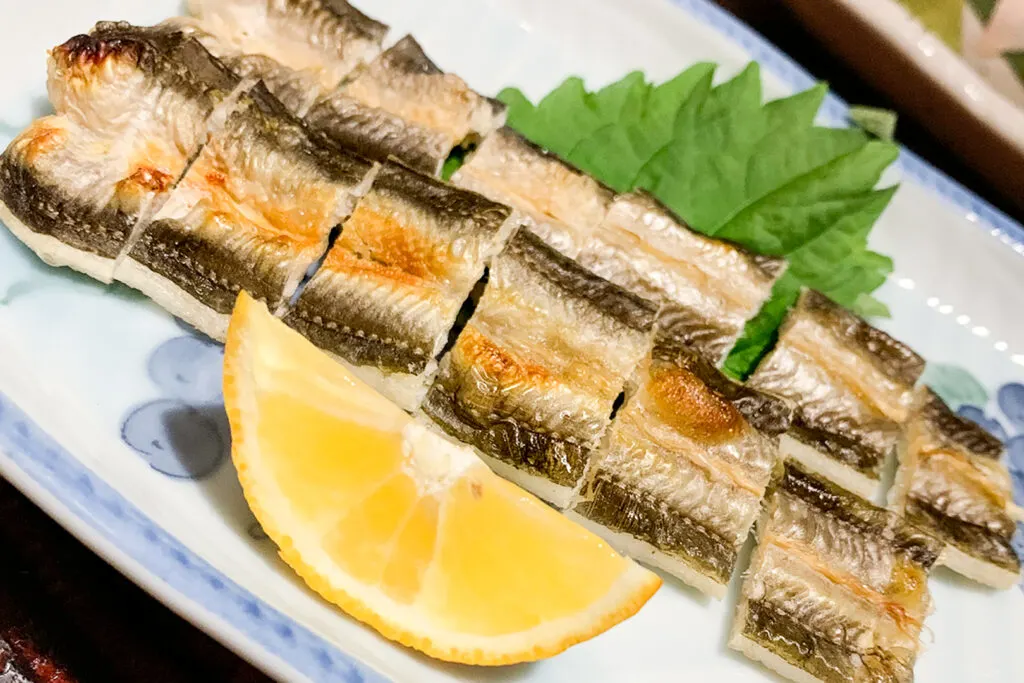
Shiitake Mushrooms
Tsushima has been growing large, meaty shiitake mushrooms for over 100 years. The changeable weather here is apparently ideal, making for colossal, mouthwateringly flavorful mushrooms.
Try it here: You’ll find shiitake in many different forms at bars and restaurants across the island.
Buy it here: Get dehydrated shiitake at Tokusan no Ma, inside Fureai Dokoro, the local tourism center, to take home.
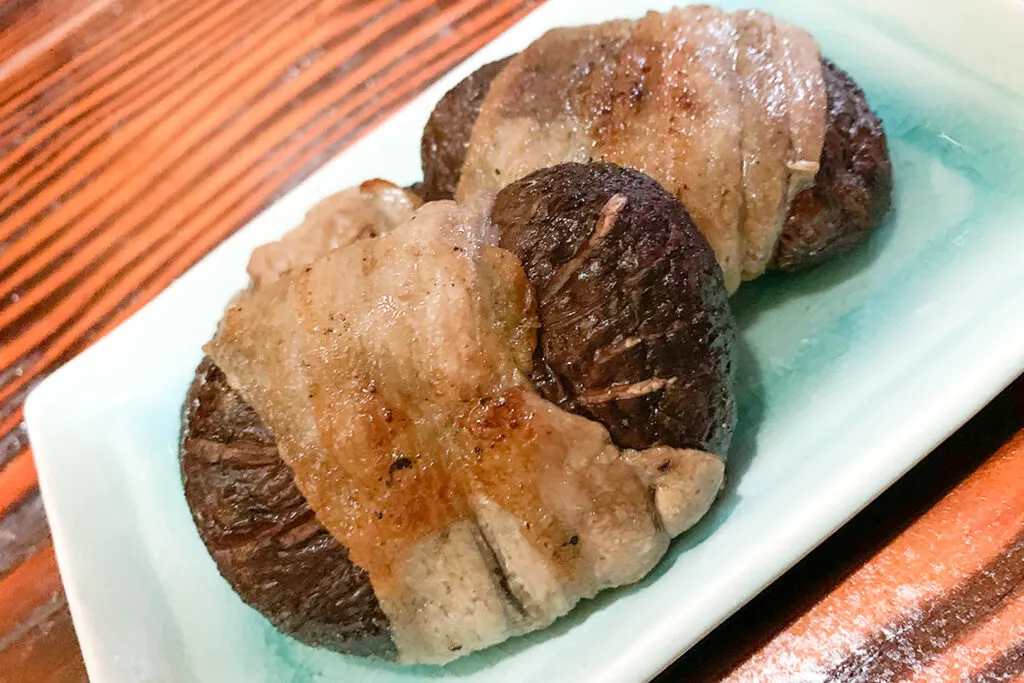
Tsushima Honey
Speaking of last frontiers, Tsushima is the only place in Japan where the wild Japanese honey bee remains sheltered from the invasive Western honey bee.
Locals work hard to protect the species and if you drive around Tsushima for any amount of time, you’ll see small wooden beehives along the edge of the forest by the roadside. The honey they produce is a deep golden color, and its rich flavor and aroma is intoxicating, but of course, it’s only available in limited quantities.
Try it here: Tsushinyan Kitchen inside the local tourism office Fureai Dokoro Tsushima, serves an excellent soft serve ice cream with drizzled Tsushima honey on top.
Buy it here: Tokusan no Ma, also inside Fureai Dokoro Tsushima, usually sells it.
Kasumaki
A traditional confection from the Edo Period, this is a popular treat featuring red or white bean paste, wrapped in a thin layer of soft, spongy cake. The name kasumaki uses a combination of an abbreviation of the traditional Nagasaki cake castella (kasu), and maki, which means to roll or wrap.
Buy it here: Nezu Kashiho, Haruta Kashiten and Ezaki Taiheido all offer wonderful renditions of this sweet treat.
Sake & Shochu
Kawachi Brewery sells both award-winning sake and an excellent selection of honkaku shochu. Tsushima Yamaneko, named for the island’s indigenous leopard cat, is barley-based, while Koppoumon and Tsushima 25 are kome shochu, or rice-based. You can buy them online or try them out at restaurants and bars across Tsushima.
Buy it here: Kawachi Brewery
Find more information about Tsushima on the Tsushima Local Promotion Association website.
Which dish you would like to try the most?
Pin me for later
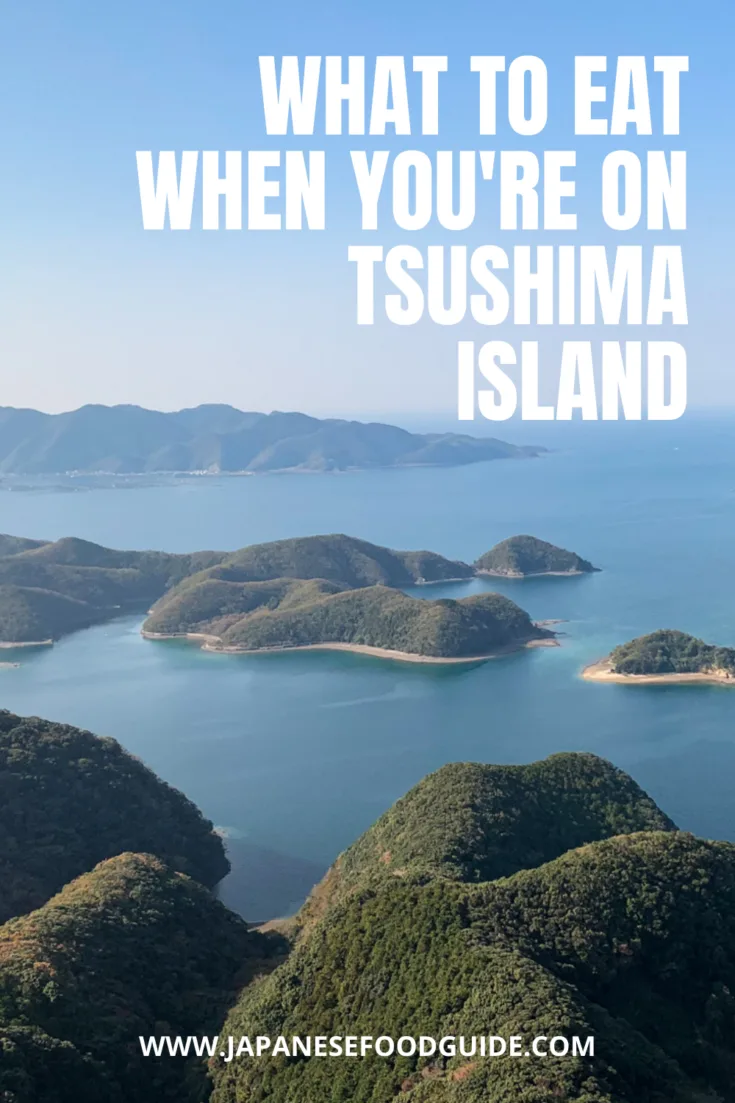
Lisa has spent over a decade scouring Japan for the most interesting food, places and people. She works as a writer, travel consultant and translator, with the occasional stint as a reporter on the NHK World TV programs Tokyo Eye 2020 and J-Trip Plan.
She can’t get enough of good dogs, good coffee and good music, and is currently studying to become a sake sommelier.
